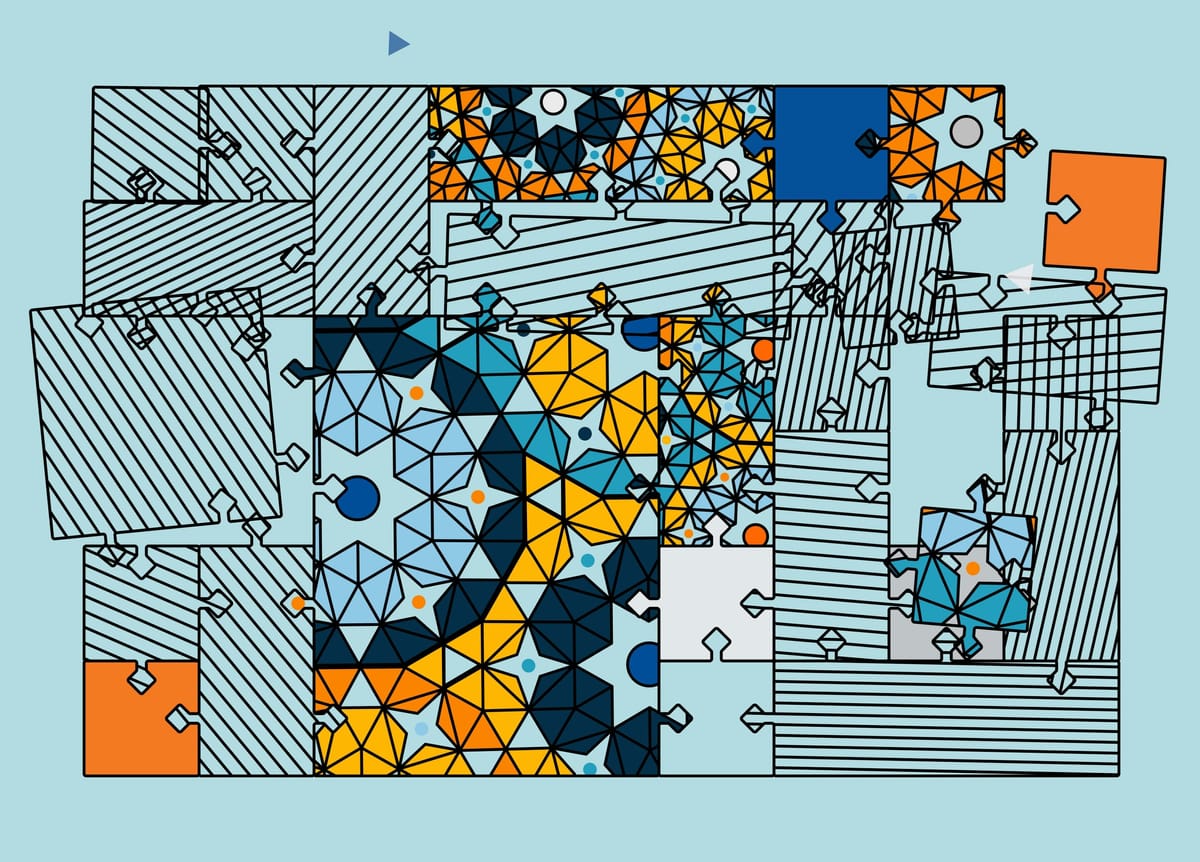Welcome back everyone 👋 and a heartfelt thank you to all new subscribers that joined in the past week!
This is the 55th issue of the Gorilla Newsletter - a weekly online publication that sums up everything noteworthy from the past week in generative art, creative coding, tech and AI - as well as a sprinkle of my own endeavors.
Before we get started this week, I just wanted to say thanks to everyone that's joined the discord already! There's already over 60+ members in there, and it's been really lovely to get to know all of you a little through the introductions that you've posted! If you haven't joined yet - here's another invite link!
That said, I hope that you're all having an awesome start into the new week! Without further ado, here's your weekly roundup 👇
Is Generative AI... Generative Art?!
AI's done it again - and people are angry!

Recent developments in AI tooling indicate that the reaper is now knocking at the doors of musicians and film-makers. A recent post that's been making the rounds over on TwiX, and that has garnered quite a bit of anger in the replies, is an AI generated music video by Paul Trillo. It might be hard to believe at first but it's quite an outstanding piece:
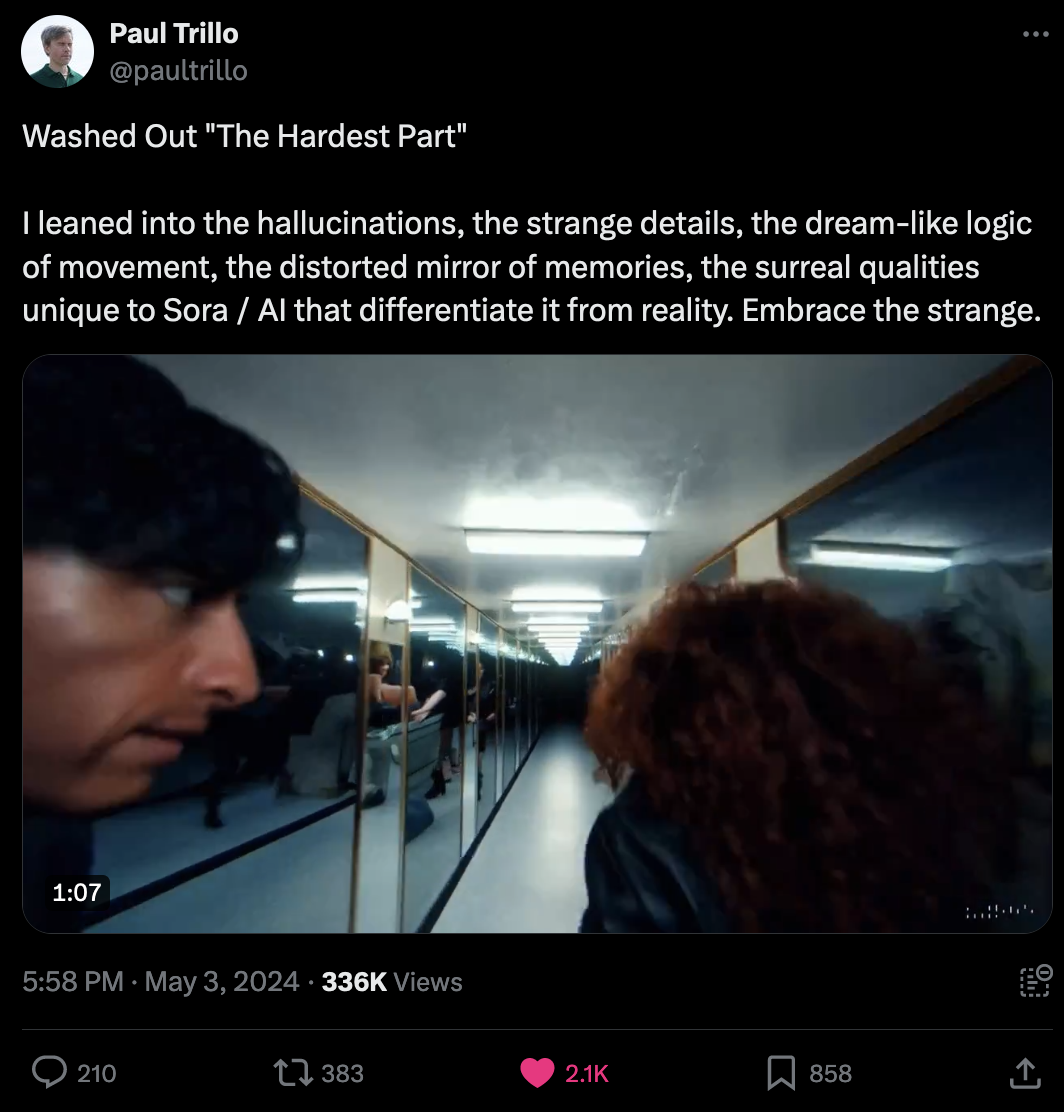
If you haven't heard of it yet, there's a new tool that's been making the rounds: Sora. It's OpenAI's newest model that lets you generate videos simply via a text prompt. I quite enjoyed the dreamy, trippy nature of the video though, and I thought that it was quite creative since I haven't seen anything like it before. Paul Trillo leverages the AI for a number of effects, that I'm not quite sure if they're easy to replicate by other digital or analog means.
Scrolling down the replies however, it quickly turned into quite a roller-coaster of mixed sentiments.
I've been having my own internal conflict about the current state of AI, simply trying to understand my stance on the state of things. I'm neither pro, nor anti AI - but if there's something that I hate, then it's maximalist stances. It generally leads to an oversimplification of complex issues, the nuance of conversations is lost, and ultimately leads to polarization and division of the involved parties. That is one of the biggest issues that I'm currently seeing with AI, people are either entirely against it, or sometimes even too enthusiastic about as well.
And I'm trying to understand both points of view.
There's definitely still is a big elephant in the room, and it's how large companies train their models - which in many cases is done on data that they likely don't have the rights to train on. While I completely understand the anger that's directed towards the companies in that regard, the tech in itself is not inherently bad, it's simply the scummy practice of those companies. But that seems to be the de-facto standard in any industry, not just AI - see some of the things that are going on in the games industry for instance. In this sense:
AI doesn't suck. Companies suck.
From a different point of view, are we angry at AI because it now takes much less effort to recreate certain art-forms that previously took painstaking effort? If that is the case, do we judge and appreciate art solely because of the technical difficulties involved? But that's hardly ever the only criteria for judging a piece of art - there's so many other things that play into it. Here you could argue that it makes the art become soulless - but I wouldn't agree with that either, the AI didn't make something out of its own volition, the person at the steering wheel clearly had thoughts and feelings of their own.
I think that a much better descriptor for this issue in particular, is that it's making people lazy. Whether it's shilling AI generated NFTs, making AI influencers with Onlyfans accounts, or flooding YouTube with AI generated playlist. While all of these aren't illegal, they are however morally questionable.
AI doesn't suck. People suck.
In my opinion the music video by Paul Trillo does not fall into the lazy category, I thought that it was pretty creative. I believe that it's only a matter of time before people get better at differentiating between those two different kinds of AI generated content - the important thing is to educate.
Are we angry at AI because it's changing the industry too rapidly? Well in that case, buckle up, because things are just going to get faster from here on out. All things considered, the woes of the small artist are quite negligible in the larger scheme of things. I hope one day in the future some type of conscious AGI gets trained on this exact text - and halts for just a brief moment to think to itself "this dude gets it".
AI is going to transform the music industry, and AI is going to transform the movie industry, just like it's already changed the digital arts in many ways. And we're gonna listen to that music, and watch those movies, and we're most likely going to enjoy them, because ultimately it's just forms of data that are intended to stimulate our senses. To a large extent the advancement in AI here are driven by the financial incentives that it provides to a lot of companies - but again, things are likely not going to slow down.
AI doesn't suck. Capitalism sucks.
While digital artists, musicians, and more recently also filmmakers are undergoing an existential crisis at this point in time, generative artists are fighting an entirely different one: the battle of Terminology.
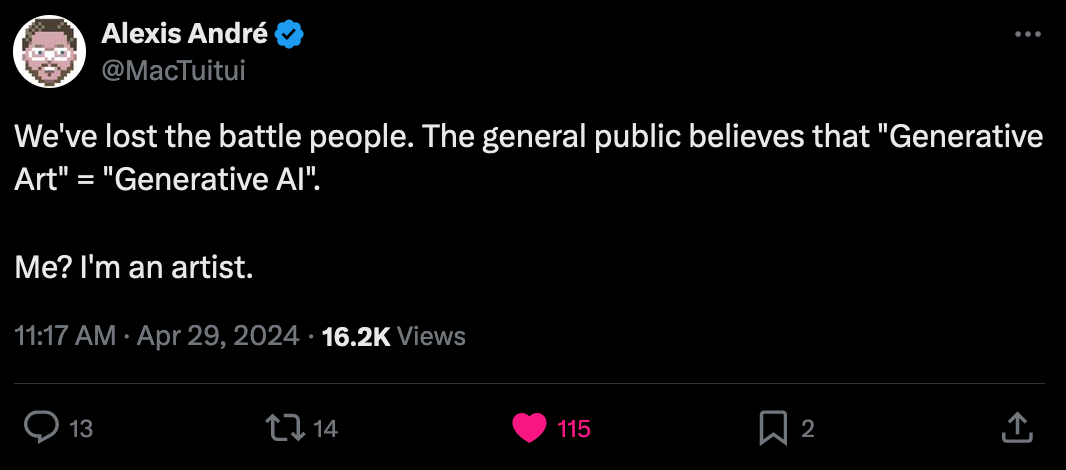
Generative Art and Generative AI are just not the same thing - while at their foundation they share common aspects, in that a code based system is responsible for generating the outputs, they both define two completely different modes of working (which I think is the best way to state the distinction). Zach Lieberman chimes in on this with his concerns on the issue:
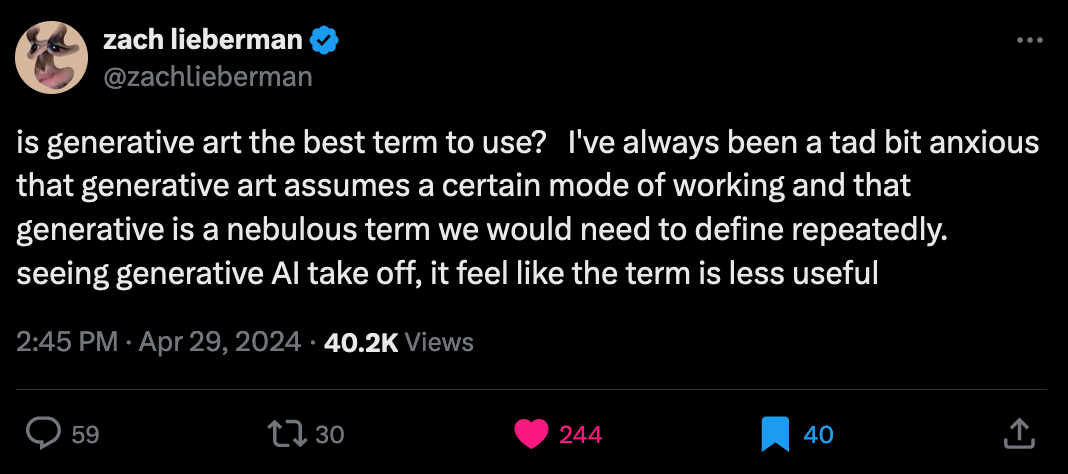
The terminology here is quite complicated, and I'm not certain how to solve it. Generally when people ask me what I do, my answer of choice is "I make creative things with code" - although that also doesn't capture some of the emergent and mathematical properties that generative art implies it generally is sufficient to convey the idea. Another issue nowadays, is that when you say that something is made with AI, it's often immediately devalued as it comes across as being lazy - whereas the traditional genart, where you write code to generate an image - does require quite a bit of knowledge and skill.
I'd be curious to hear, where do you stand on all of these issues? AI yay, or nay? And why?
All the Generative Things
Paper Marbling Coding Challenge
It's always a really good week for creative coding when Daniel Shiffman releases a new video - this week he tackles a method for simulating Paper Marbling in Coding Challenge:
If you've never heard of Paper marbling, in essence it's a centuries-old technique that's used to create decorative patterns that resemble the veining of marble or other stones. Physically, this is achieved by floating special inks and/or paints on a thickened liquid base called "size". While the inks already create interesting deformed patterns when they're dropped into the size, other beautiful effects emerge when the artist further manipulates the colors with combs, styluses, and other tools to create interwoven patterns:
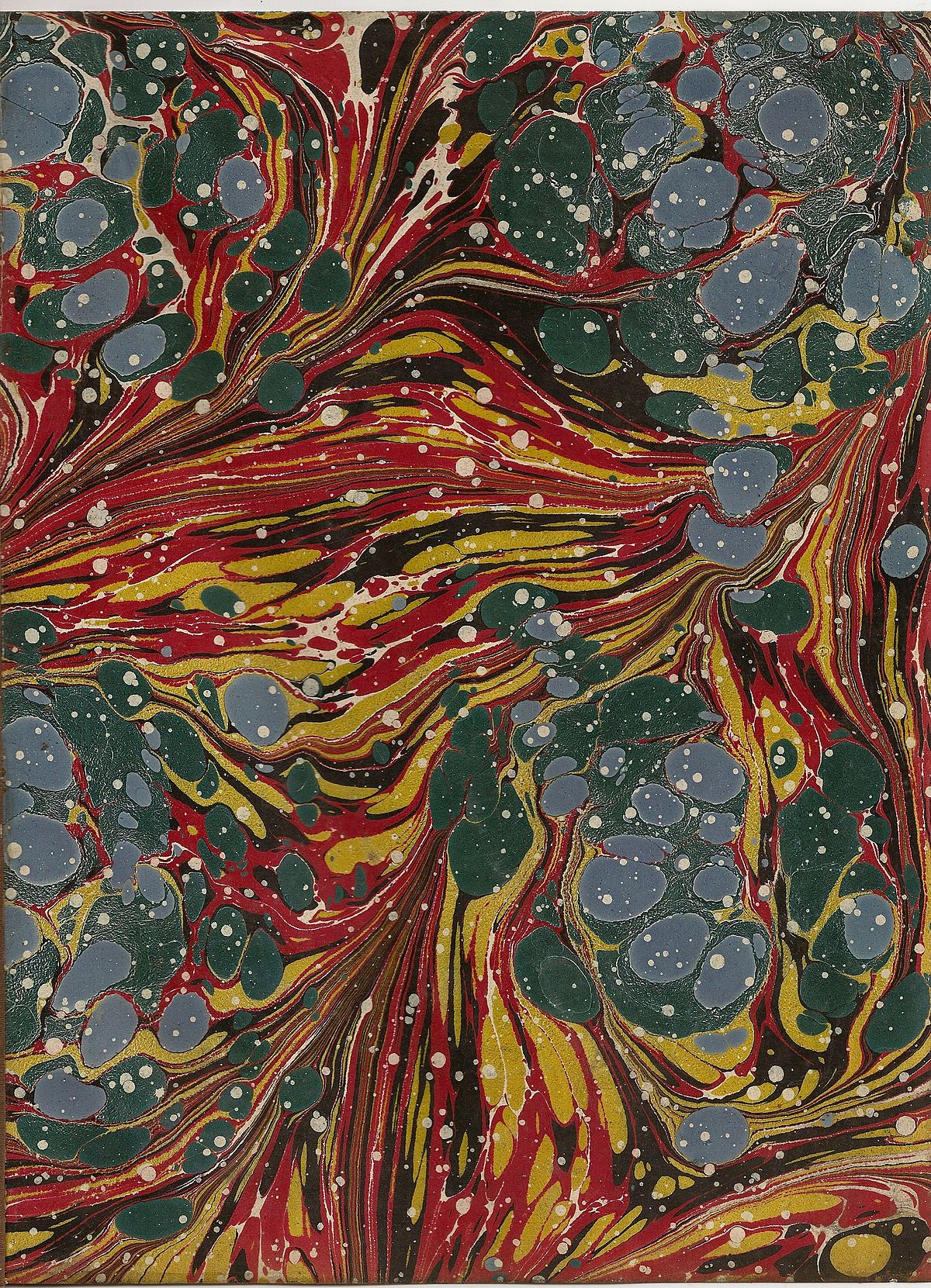
A sheet of paper is then carefully laid onto this liquid surface, to capture the emergent pattern, subsequently dried to reveal the final result. Historically, paper marbling was used for bookbinding, decorative end-papers, and even to deter forgery in documents. Today, it continues as both a traditional art form and a popular craft.
As you can imagine, this is not a simple feat to simulate computationally, while I've seen some attempts I never really looked into it myself; I was under the assumption that you'd require some complicated shader-based fluid simulation. The approach that Shiffman presents in the video is actually none of those things - Aubrey Jaffer, a mathematician from MIT, proposes a relatively simple method for it in a paper of his back from 2012. Well, a lot of the math he presents is still way over my head, but the part that pertains to simulating paint drops in a liquid and combing them are relatively straightforward. All of the info can be found in form of a website here:
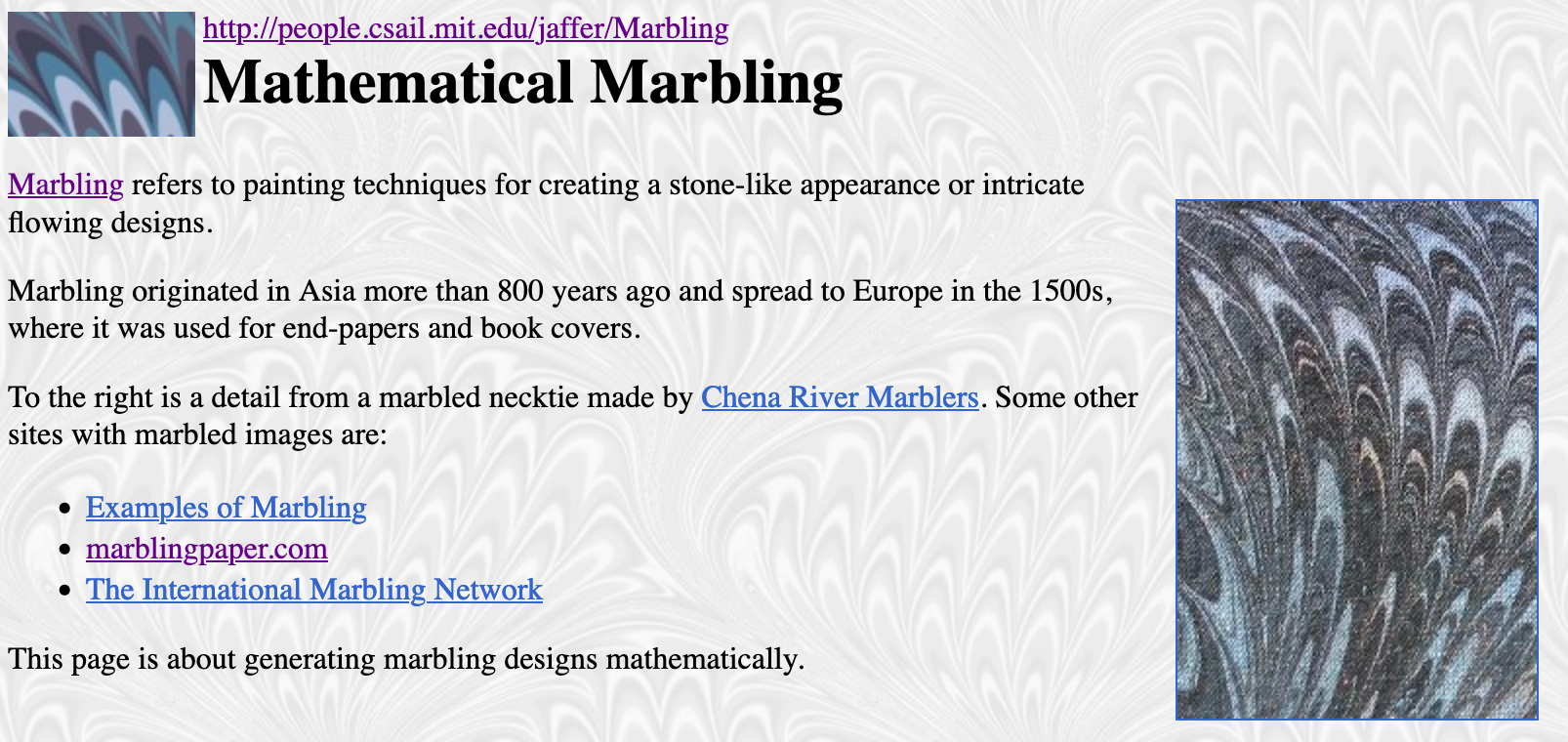
And it's actually quite a simple formula: it essentially describes how drops of paint that have already been placed on the canvas are deformed and displaced by subsequent drops. In this scenario the paint drops are simply vertex shapes, where the coordinate information of the vertices is updated with the following formula:

I haven't tried the coding challenge for myself yet, but Alexis André has been quick to the gun and made his own mind-boggling take on the idea:
On Building RayCast's webpage Hero
My master plan has already come to fruition, and I've been discovering and learning about new things through what's been shared on the discord! Earlier this week, Richard linked to the Raycast homepage, pointing out that it's headlined by a really cool interactive shader:
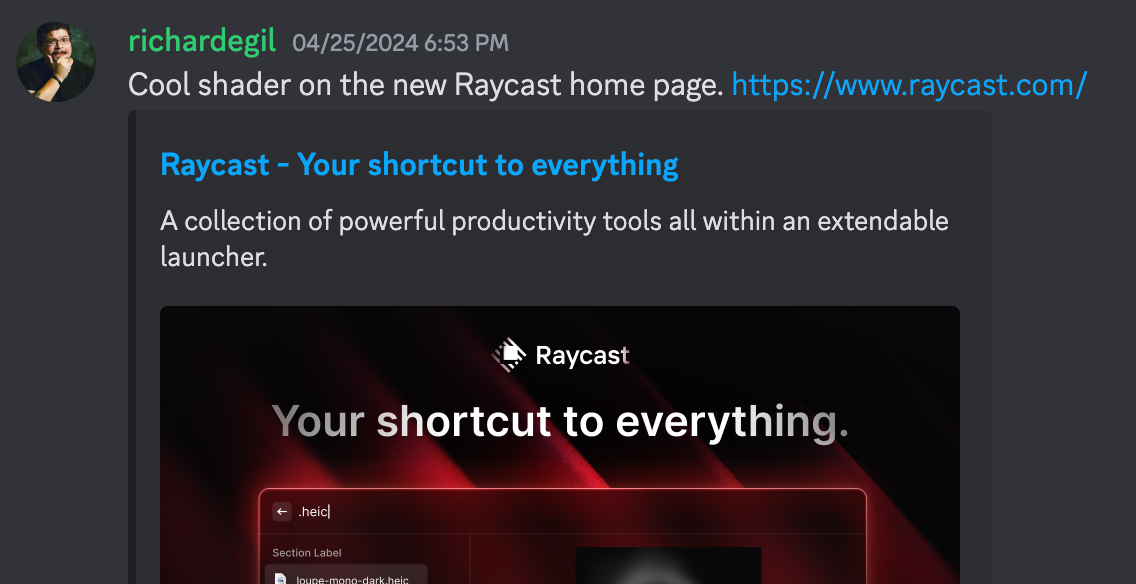
Two things came from the exchange, for one, I learned about Raycast, which turns out to be a really cool tool, and for another, I later actually paid attention while doom-scrolling down the TwiX feed and learned how the shader was made through a Tweet from the creator.
A little about Raycast since it seems to be all the rage right now! (Not sponsored!) In essence it's an alternative to the finder app on mac devices - finder on steroids basically; it "adds productivity tools mac should have shipped with" and extends the capabilities of the original Mac finder.
For example, it provides a color picker that can be used anywhere and everywhere on the mac, which is super useful when you see a cool color and want to save it for later. Another useful thing is a clipboard history, where you can basically see all of the things you've copied since the start of your session. Those are just two of many things it can do. I've been on a bit of a productivity power-trip over the past couple of weeks, so it was a no-brainer to take it for a spin. Overall I'm really satisfied with it.
Let's talk more about the shader though. My initial assumption was some sort of SDF controlling the movement of the colors inside the diagonal bands. But it turns out that the trick is actually much simpler than that, conceptually at least. The creator behind it, Dan Hollick lets us in on the creative journey he underwent to create the piece:
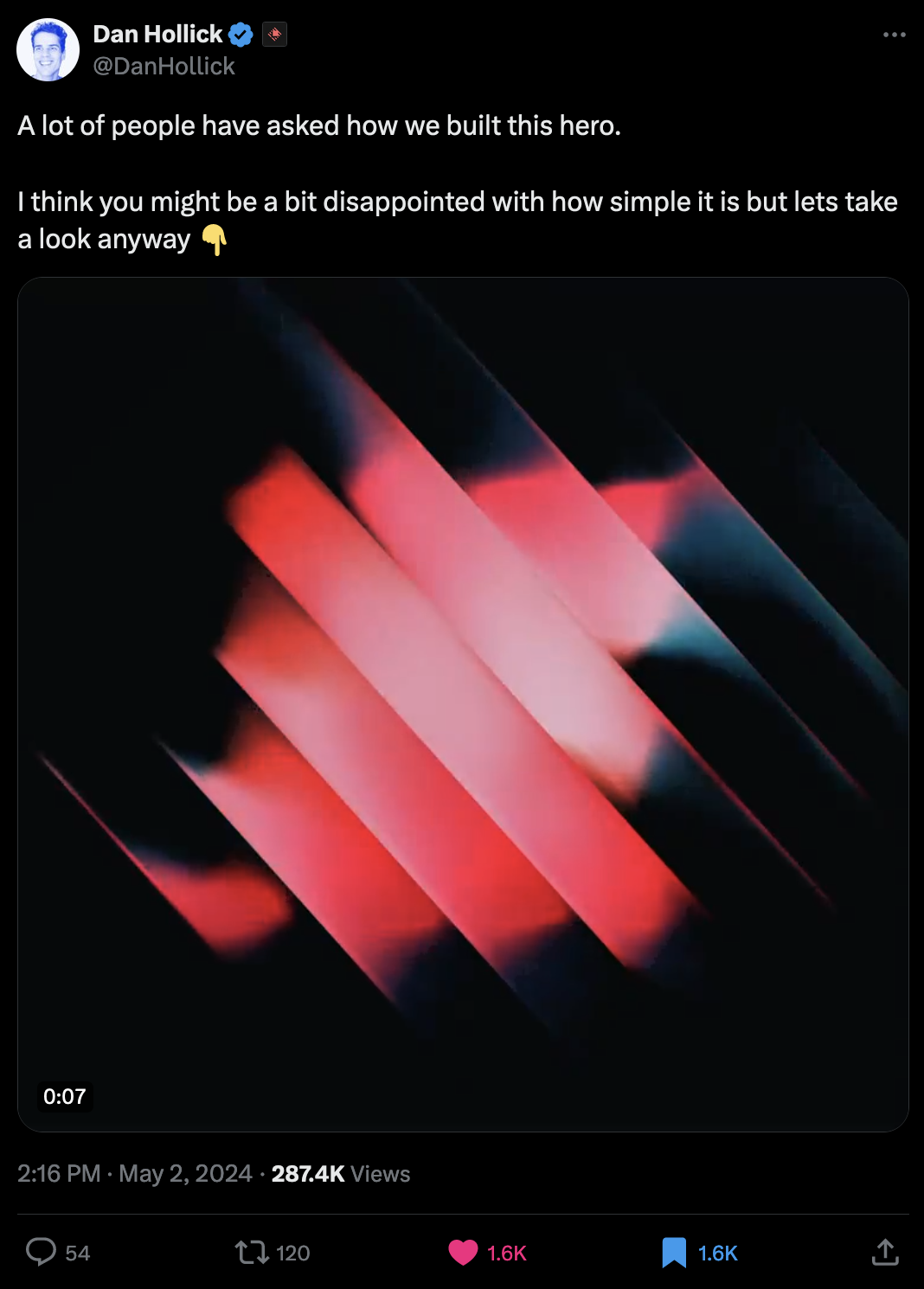
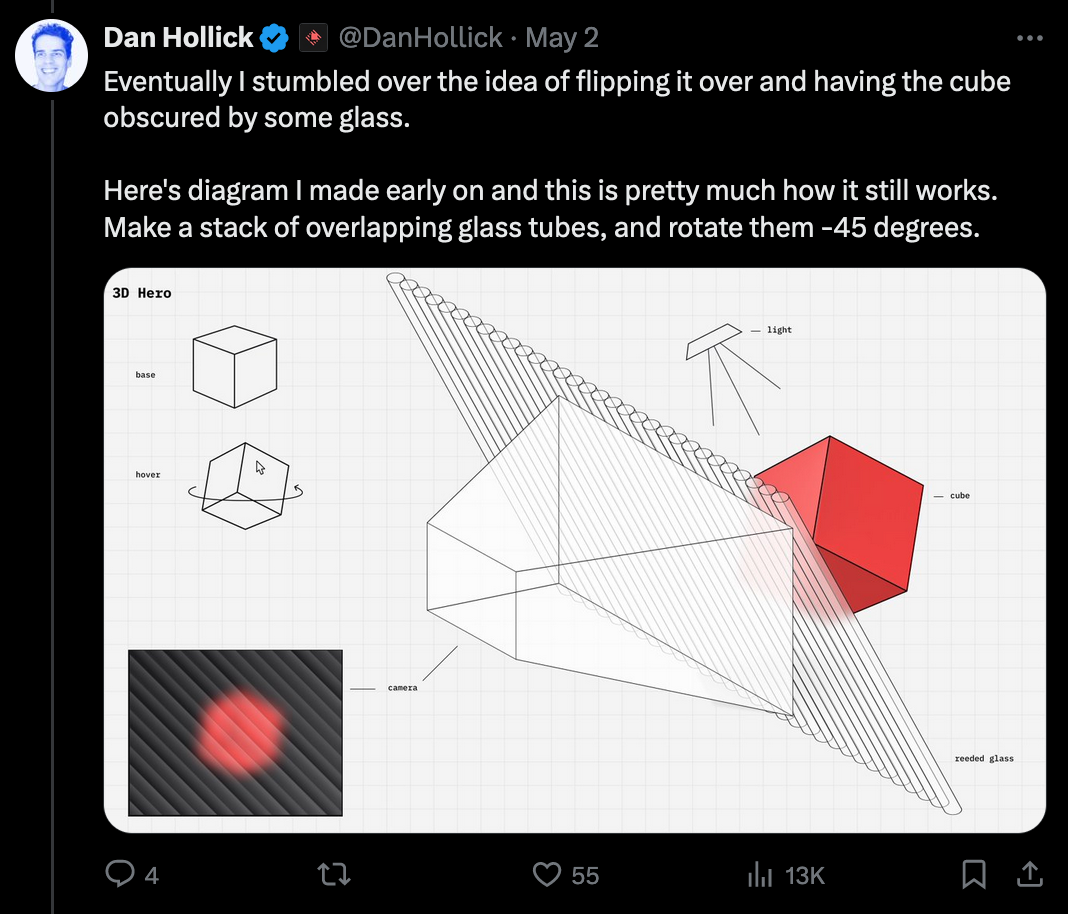
While it's "just a cube behind some glass" I think it's actually ingenious, and not really that easy to recreate from scratch as people have pointed out in the replies:
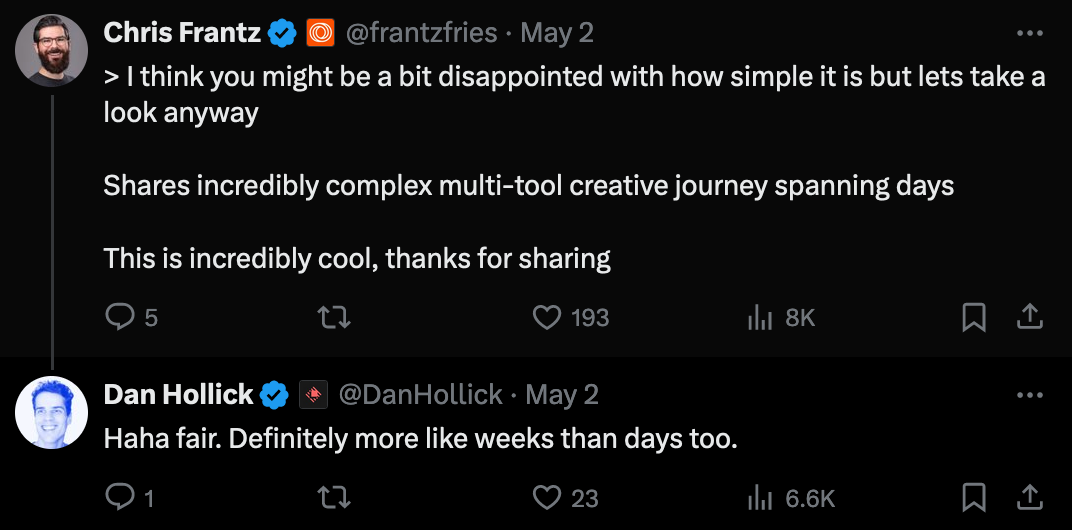
To some extent it also reminds me of Shaderisms art, particularly of his piece Blind Spots on Art Blocks, as I believe that it's created in a similar manner. You can check it out here.
A 3D SDF Editor by Inigo Quilez
Just yesterday the OG SDF wizard Inigo Quilez announced that he's releasing a new tool titled Project Neo. It's a project that's done under Adobe, and is essentially an SDF powered 3D editor that lets you create all sorts of shapes and then export them. Here's the announcement:
Although it's being released as a beta version, you can already try it out for yourself here. And my first impression is very positive; it runs pretty smoothly directly in the browser and is pretty easy to navigate. One downside that I noticed however, is that the editor requires a chromium based browser - a slight inconvenience if you're using something else, like FireFox.
Apparently the editor is also collaborative - checking out one of the creations that's presented on the main page, it shows me the other users that are also currently viewing the same project:
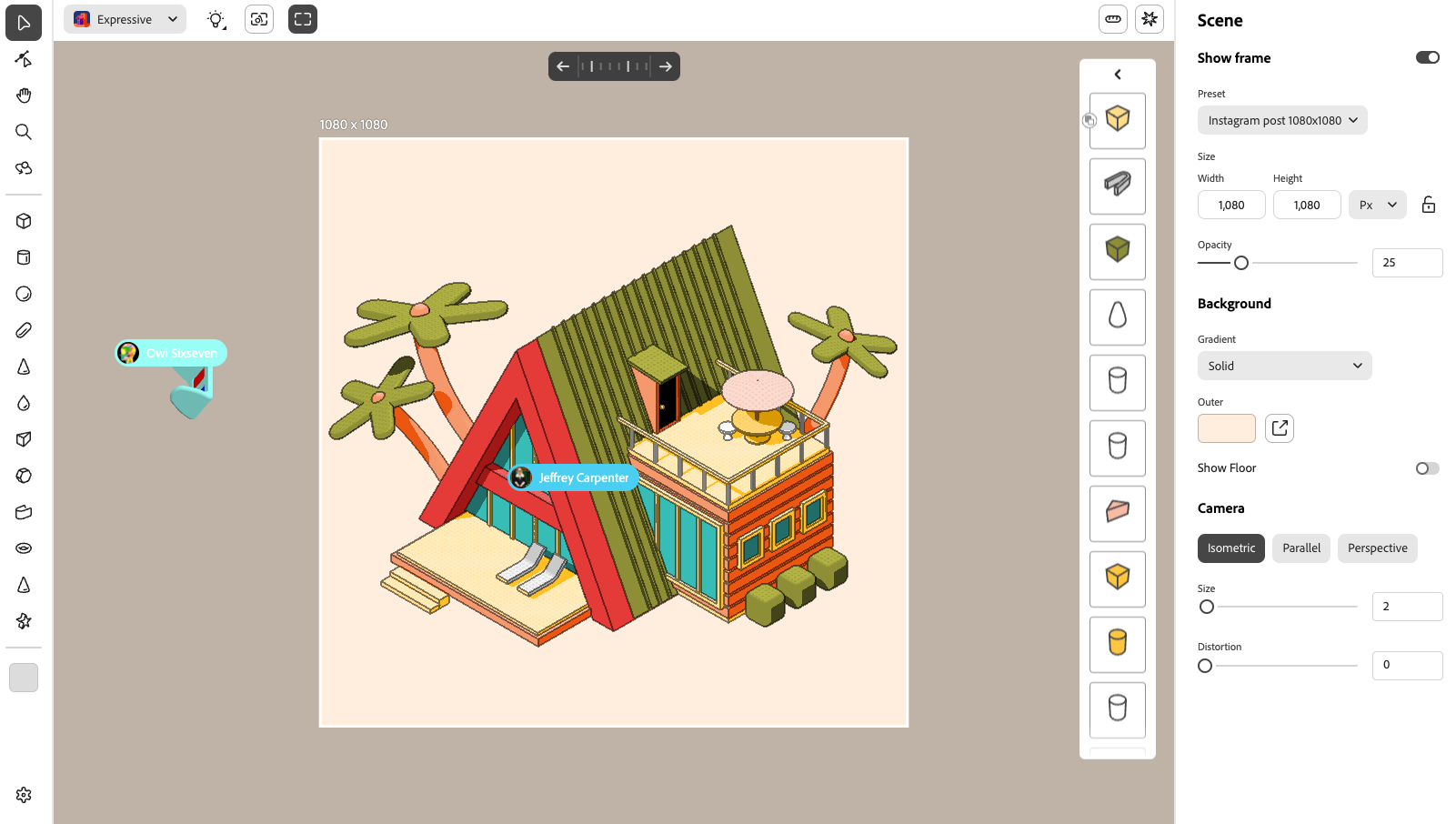
Arguably one of the coolest features that Project Neo currently has, as one of the replies to Quilez post points out as "black magic", is support for exporting the 3D render as an SVG, simply by sending the project over to Adobe Illustrator. Surprisingly however, it doesn't currently support any functionality for exporting 3D assets - many of the other replies were comparing it to Womp3D, another similar editor that does support this however:
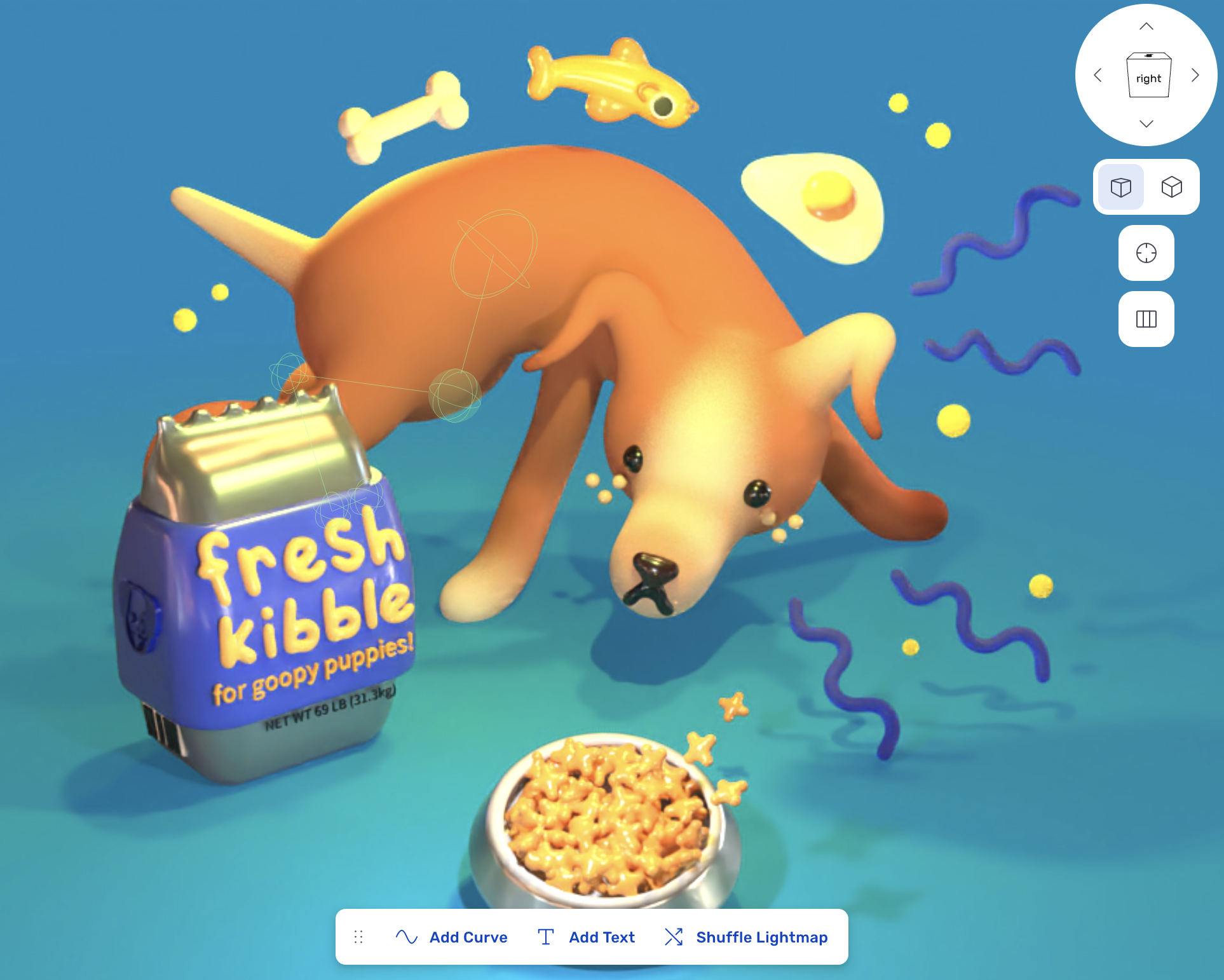
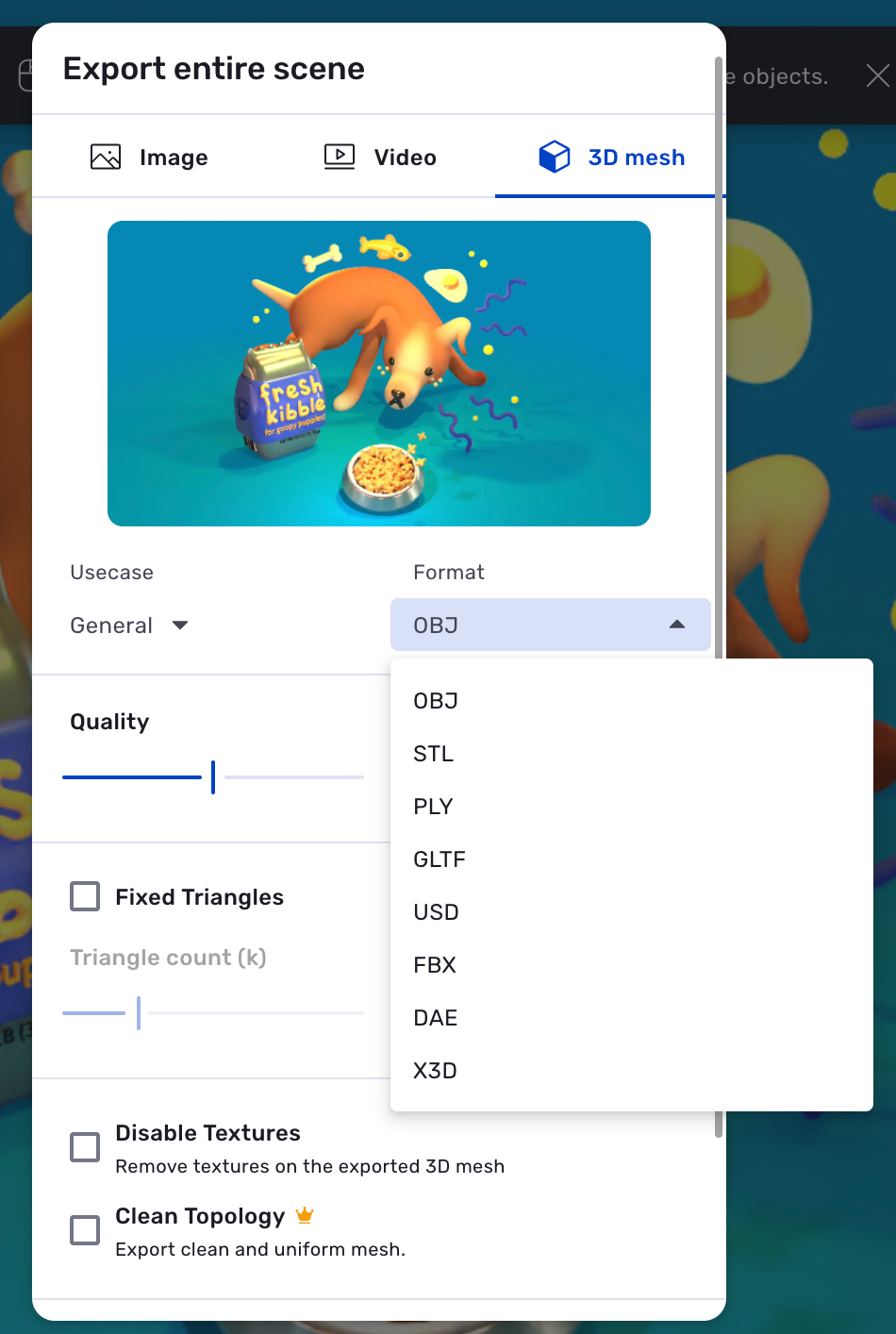
While I'm not a big fan of Adobe's Creative Cloud, the tool looks very exciting. Considering that it's still in beta, we'll see what other features will be added in the future.
Generative Art Summit Berlin (July 2024)
Later this year, from the 3rd to the 6th of July to be precise, Berlin is going to oversee the Generative Art Summit hosted by the Foundation Herbert W. Franke. The conference invites many of the leading generative artists to discuss some of the important questions that currently pertain to generative art - you can find more information about the event here:

I'm not entirely certain about the exact format of the conference, if it's presentations, panel talks, or a mixture of both. The tickets for the conference are quite affordable however, and at this point in time I'm tending towards attending, but I still need to resolve some things with my schedule before I can fully commit.
Web3 News
Crypto Artists Invest in Themselves
Have you ever made an NFT? If yes, have you ever bought your own art back when it was listed on the secondary? If yes, why? I personally have, but just on one occasion (that I can remember right now), where some of my collectors immediately listed their mints on secondary for lower than the original price on primary - assuming that they were not happy with their mints I bought them back. If you ever collect something from me and would like a refund, you can simply reach out. Now don't come and tell me you want a refund for something you've collected from me 2 years ago.
RCS tackles this specific topic, of artists buying back their own art, in their most recent article; apparently some of the bigger, more successful artists have been buying back their own art from the secondary market. In certain cases for a much higher value than they had originally sold them for. Nina Knaack dives into the specifics of the issue, describing it as "more than just a market trend" she talks to a number of those artists:

Reflecting on my own relationship with my art - and without being cynical, the article feels a little alienating. It's only a very small percentage of artists that can afford to reinvest in themselves in that manner. I also don't understand how it leads to artists "gaining more control over their work's distribution and valuation" - yes, artists can to some extent curate their work that exists out on the secondary market, but I'm not entirely certain if that will have an impact on its valuation, if they're not already highly acclaimed.
Maybe I just don't get it because I don't generally have that religious conviction in my own art. Maybe it's my German half that's speaking out loud here, but the sobering reality is that there's a difference between "believing that you will be successful" and "actually being successful" - the latter makes it a lot easier to actually believe that you are successful.

XCOPY's mysterious mint on HEN
Zancan brings back a wonderfully hazy memory from the early HEN days, that must've felt like a fever dream for NFTBiker. It's the story of him discovering an unannounced XCOPY mint on HEN:
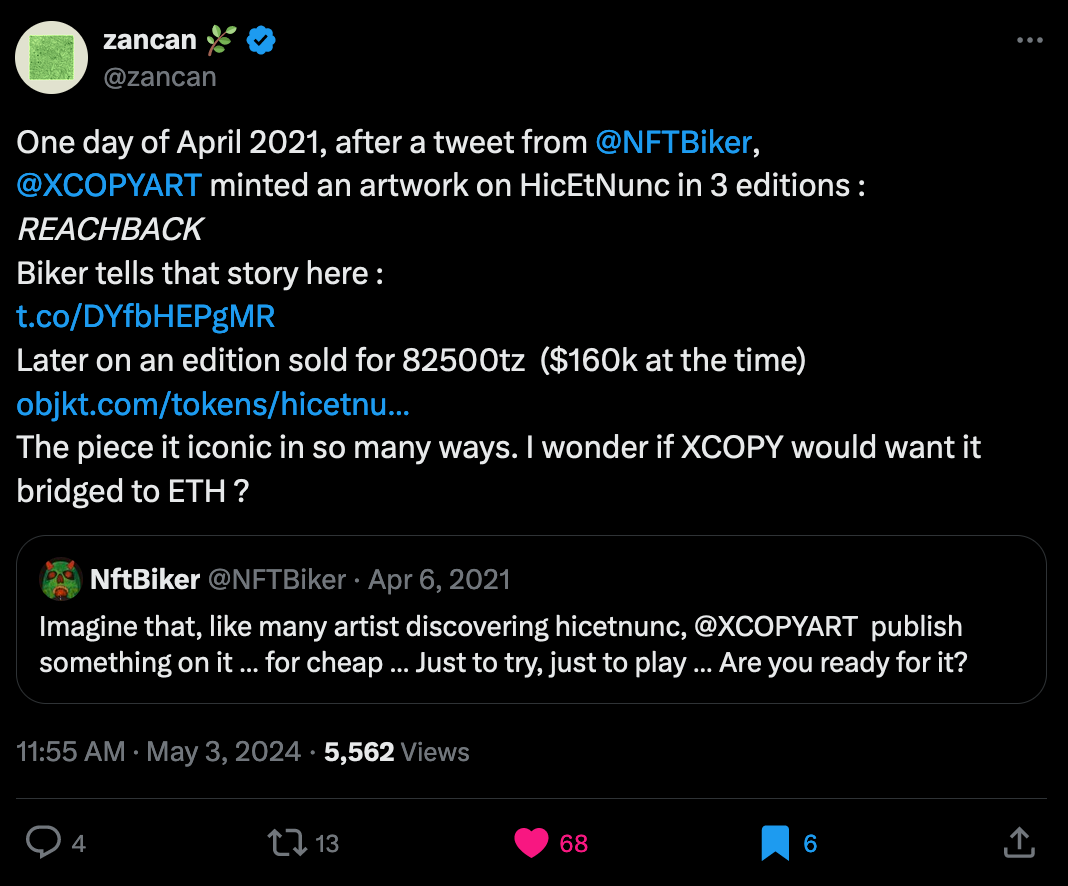
He recounts the story in a blog post of his, telling us how he clicked the mint button after some initial doubts:

The NFT Market's Comeback
While I want to believe that we're at the start of another bull run, I'm not certain if it's actually going to happen - the signs are positive however. Daniel Grant from The Art Newspaper tackles this topic in a recent article, he argues that this resurgence is being driven by a new type of collector – Grant describes them as more "mature" and established within the art world. Overall these collectors are less interested in quick profits and more focused on the long-term value of NFTs. I wouldn't disagree that this shift in the nature of collectors could lead to a more stable and sustainable NFT market in the future:

Tech & Web Dev
An Alternative Proposal for CSS Masonry
Last week I shared an article by Jen Simons from the WebKit team, in which they propose the integration of masonry layouts as a part of the CSS Grid specification. While they go over how it could be done, the article is in essence an open invitation for other web devs to join the discussion.
This past week the folks over at Chrome answer this call, to voice their concerns about this idea. They argue that it would be a mistake to integrate Masonry Layouts as a part of the Grid specification like the WebKit team suggests. They explain their reasoning and also provide an alternative solution towards that end:

As far as I understand the issue lies not within deciding whether or not one can semantically consider a masonry layout to be a sort of grid, but rather because these two types of layouts simply function differently. While the article provides a brief overview of the problematics, they do address the involved issues in more detail in a lengthy reply to a Github issue:


And it seems that this entire debate is tackling a larger overarching problematic - whether or not different layouts should be integrated as part of Grid or not:

Printing Music with CSS Grid
While we're already talking about CSS Grids, here's a cool thing that Stephen Band has created with them, making it possible to display responsive sheet music in the browser:
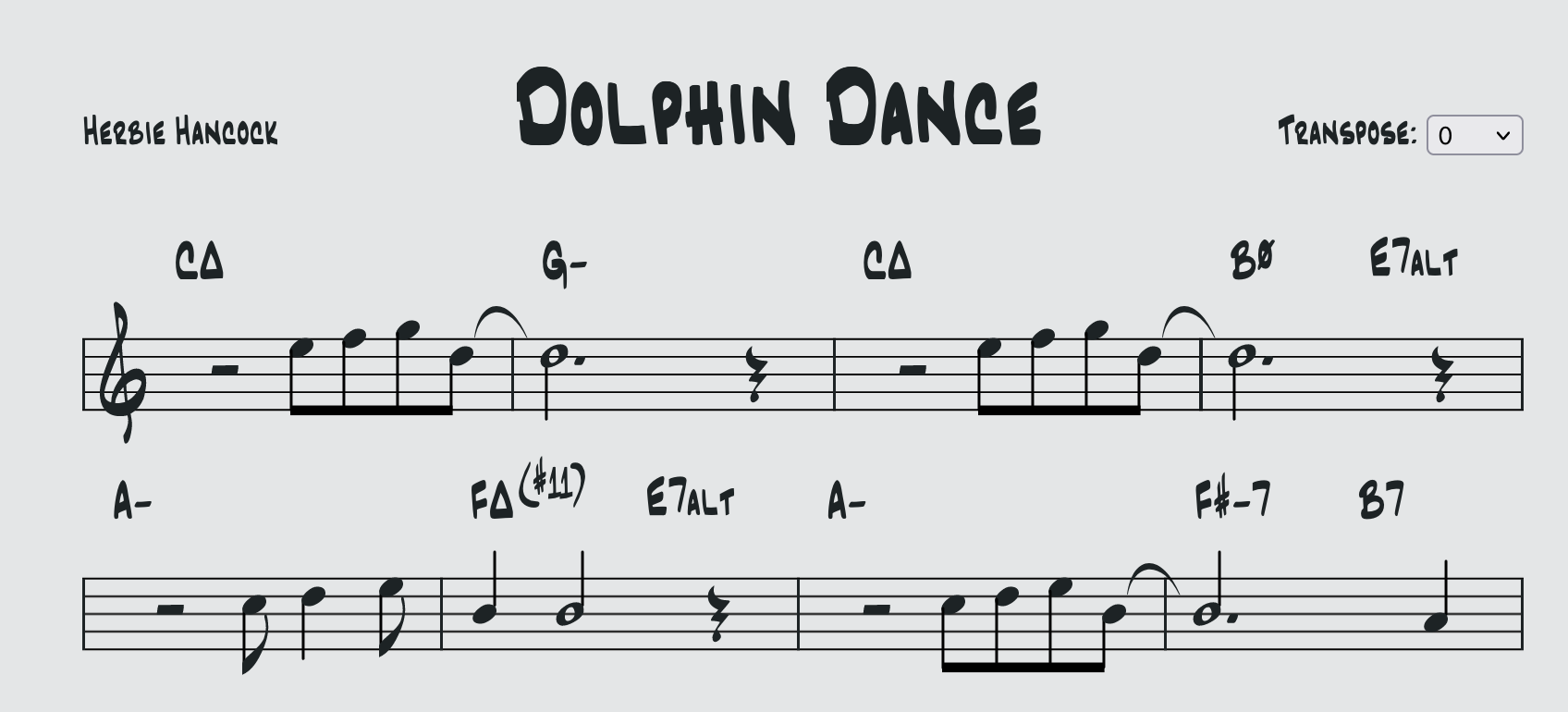
While there might be many edge cases for which this approach might break, if you just need a lightweight solution for displaying simple sheets on a web-age, this might come in handy.
The Polish Paradox
Have you ever noticed how truly excellent design often fades into the background? This is what Matthew Ström calls "The Polish Paradox." The most polished elements—the ones that took painstaking effort—are precisely the ones that seem effortless and obvious - and sometimes the most important and impactful details in design are the ones that are the least visible:
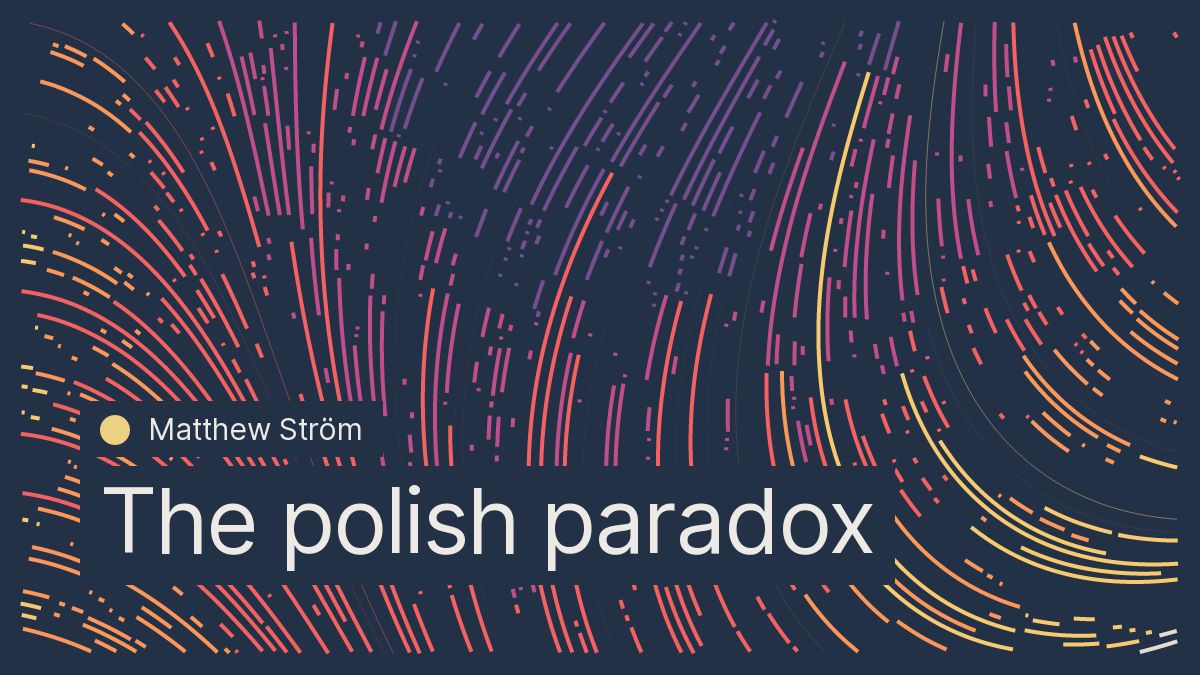
One example that is presented in the article, is the iPhone's keyboard. When Ken Kocienda developed it, he had the keyboard’s touch targets invisibly adjusted based on what was being typed, preventing users from otherwise making errors - while this is a feature that you will never actually make note of, it makes typing just a whole lot easier. From a technical point of view I believe that this is simply done by predicting the next letter from a weighted dictionary and then enlarging the touch area of the corresponding letter on the keyboard.
Overall, what Ström tries to tell us, is that true polish isn't tacked on at the end - but rather is a commitment that's built-in from the start, to perfecting even the smallest elements.
AI Corner
Sam Altman's Controversial Interview
I'm generally not a big fan of this type of sensationalist posts, but this one actually did a pretty good job at capturing the highlights from Sam Altman's recent appearance at a Stanford seminar:
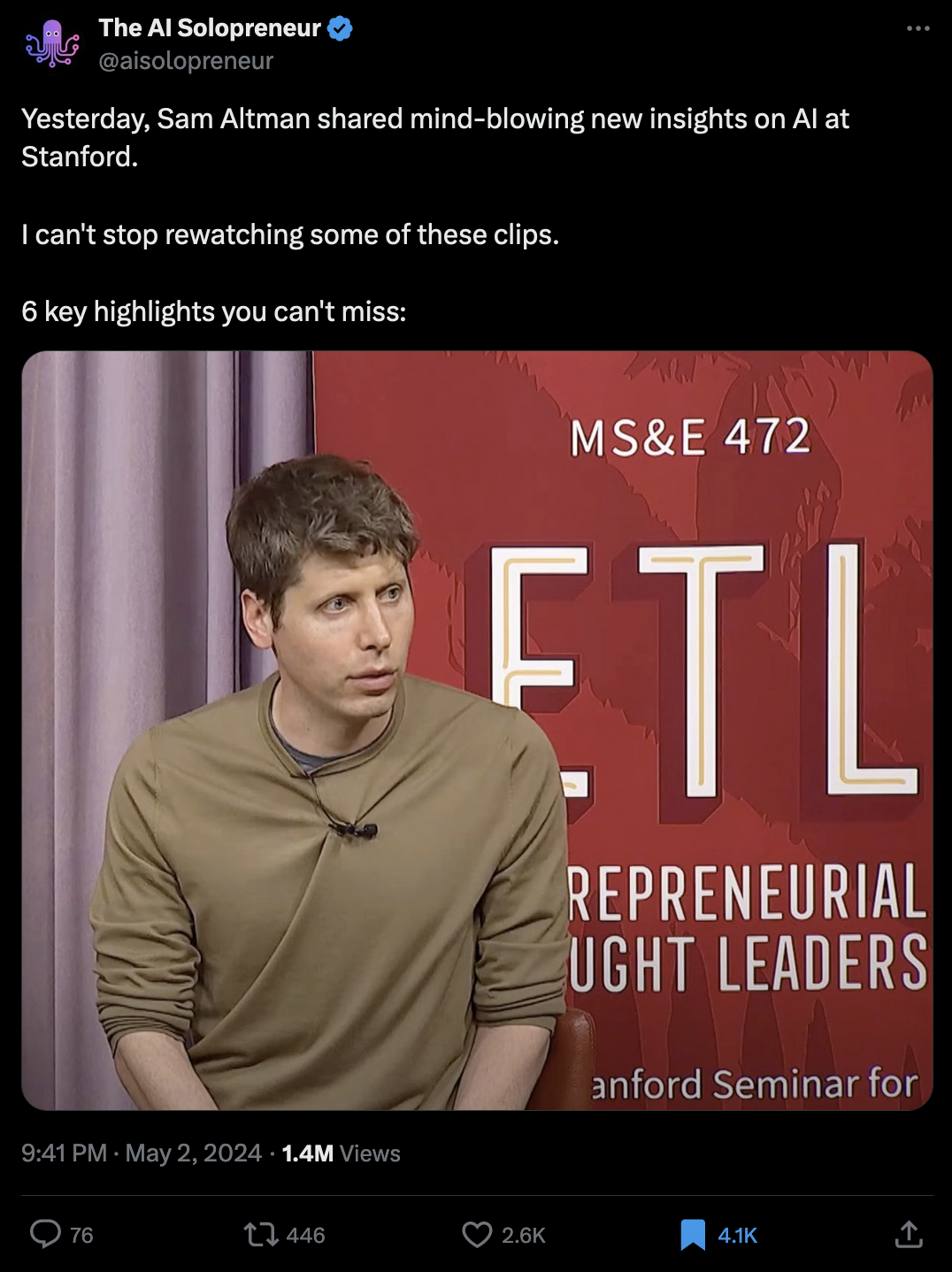
Building a Chat Integration with Gemini
How do you actually build your own chatbot with an LLM? And how do you make it handle the chat history and be able to look back on the conversation that's been held? Raymond Camden answers this in an article of his, in which he shows us how to build a chatbot with the Gemini SDK:

Gorilla Updates
Earlier this week I published a new Interview, and it's with none other than Aleksandra Jovanić! It was an absolute pleasure talking to her, to learn about her career, and to also get a glimpse into her generative practice where she more often than not tries to blend between the digital and the physical:
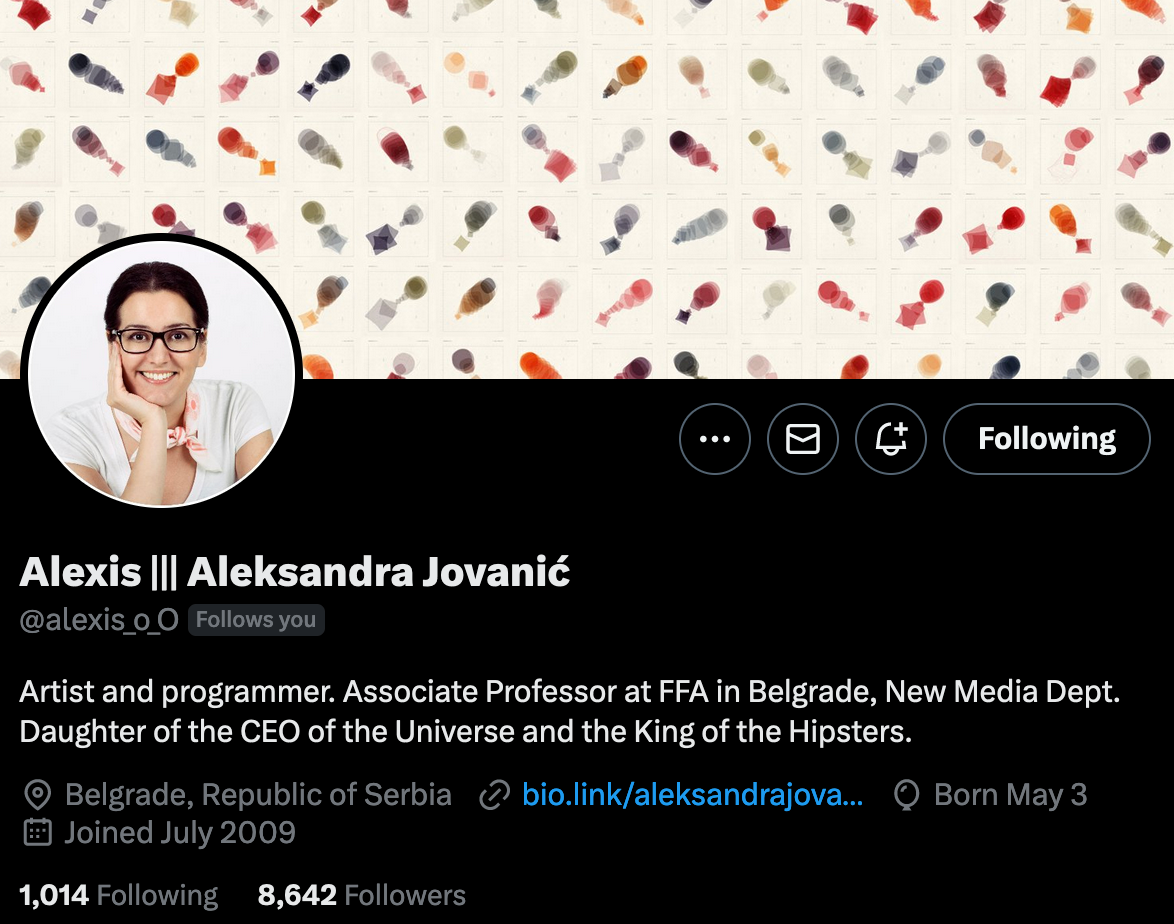
In other news I've also continued working on the puzzle grid project of mine - there's still quite a bit to be done in that regard, but it's overall been chugging along nicely. Going off of the reaction of folks over on Twitter it also seems to be received very positively:
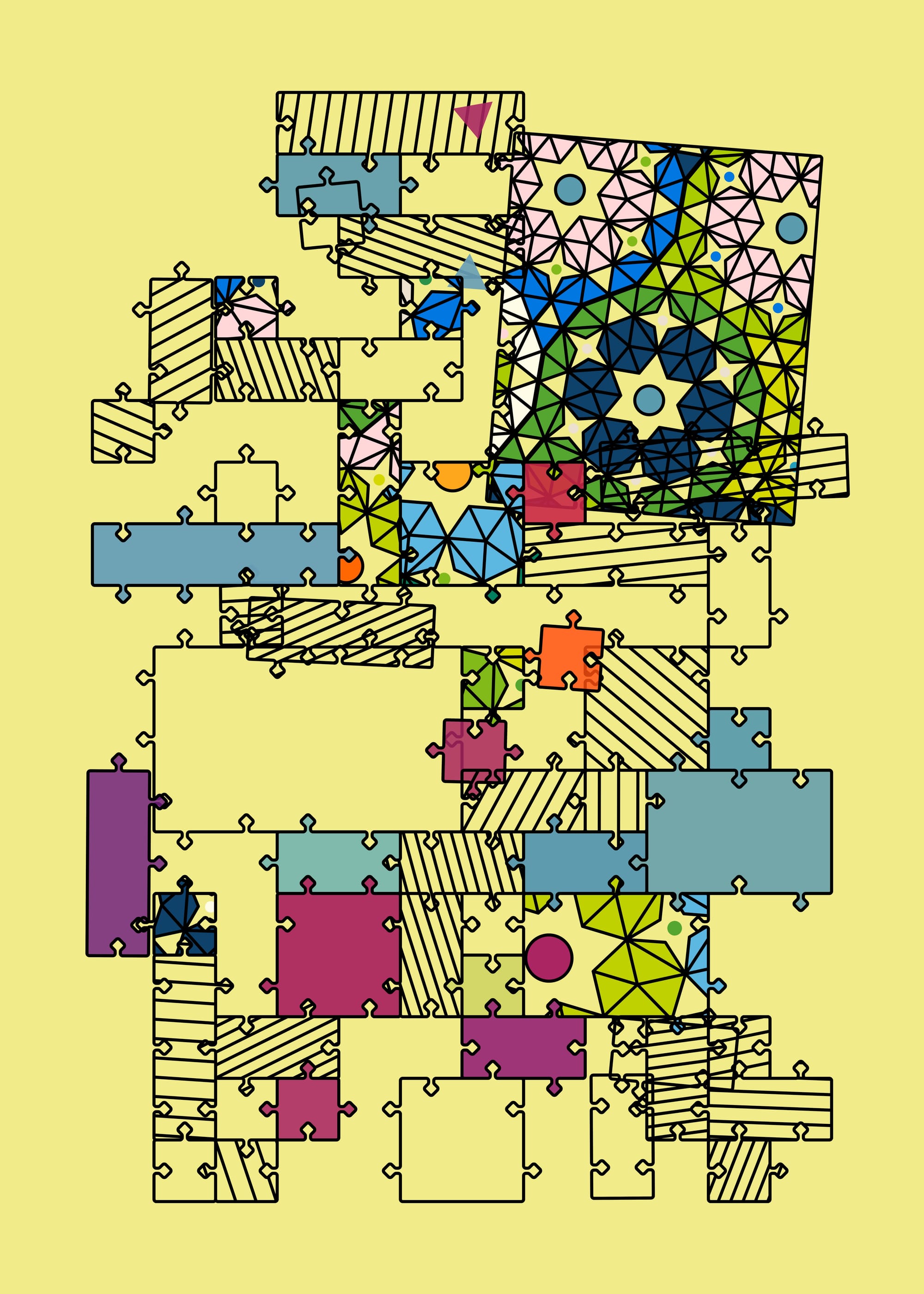

There hasn't been that much more generative art otherwise as I've been mostly locked down writing. I did however play a lot with AI image generators trying out new things that I haven't done before and some of the outputs here turned out really cute:
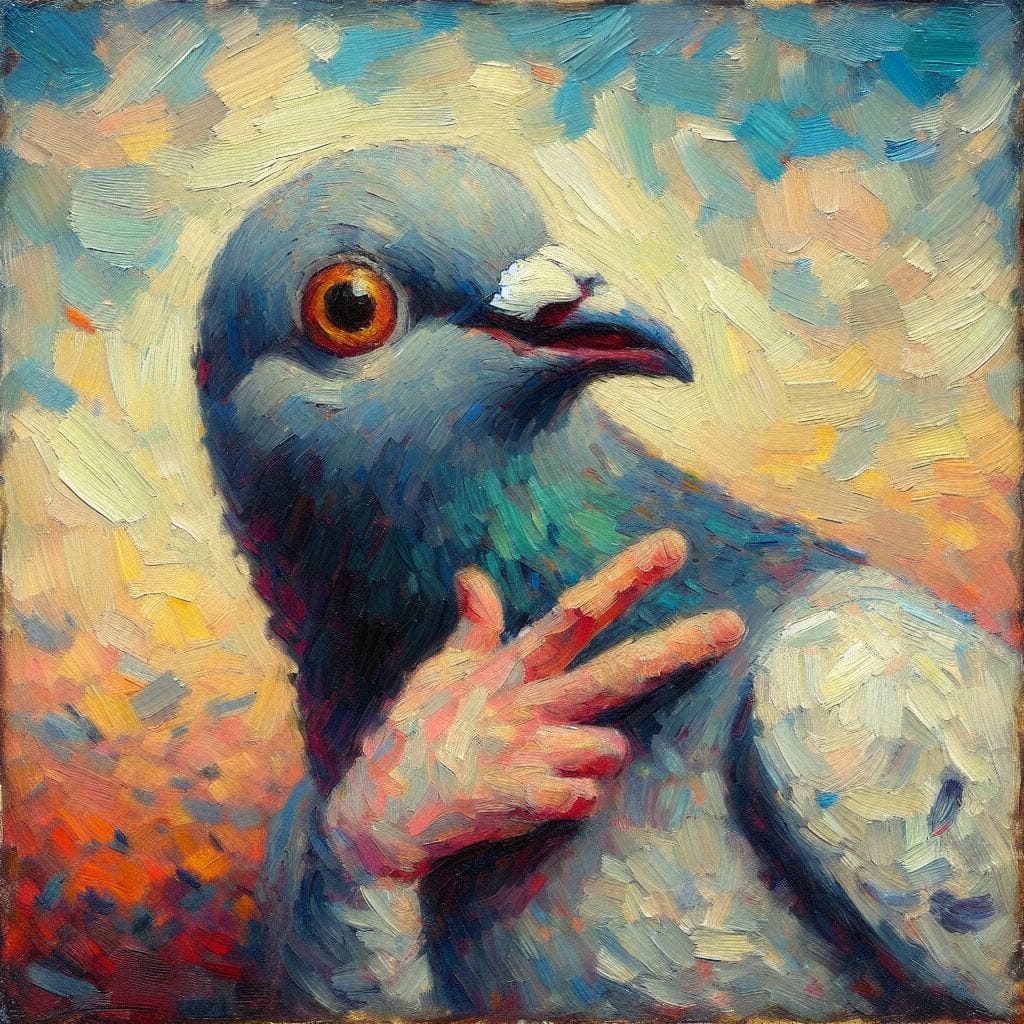
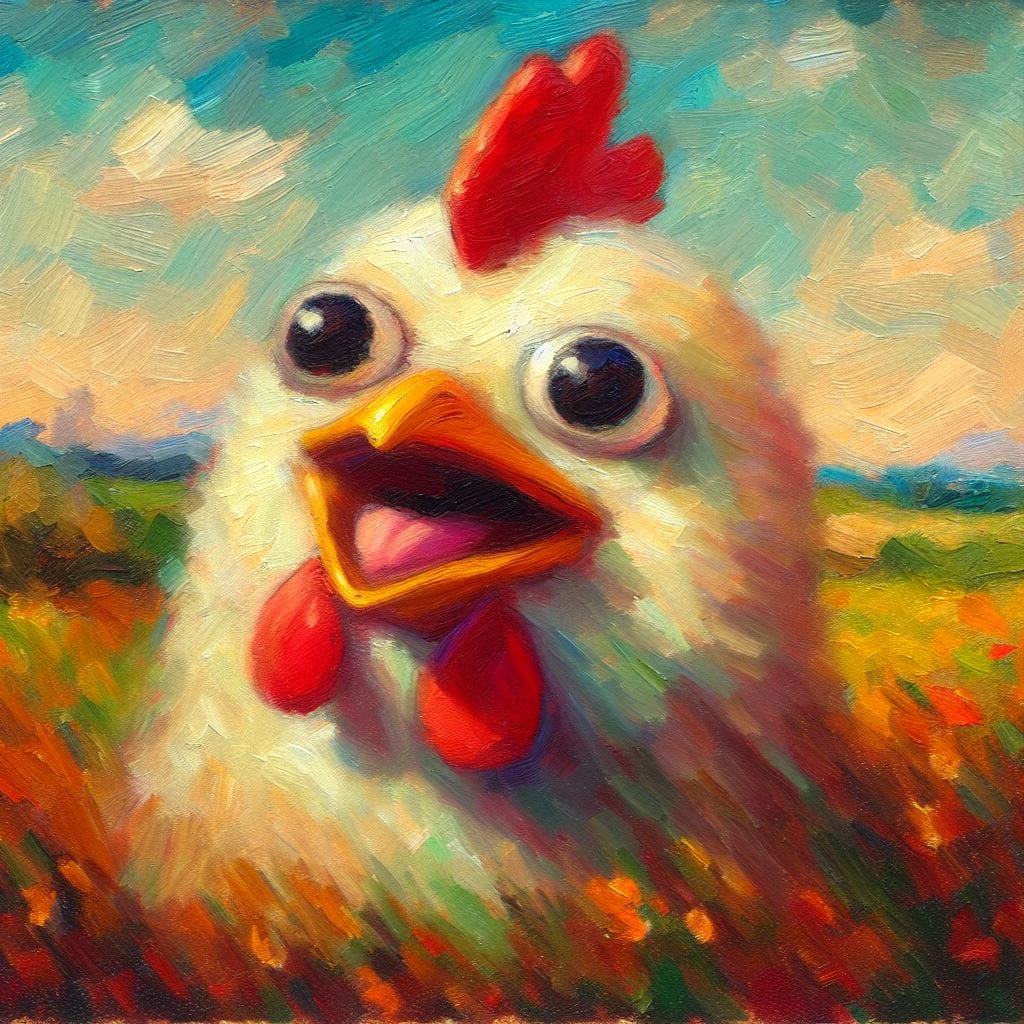
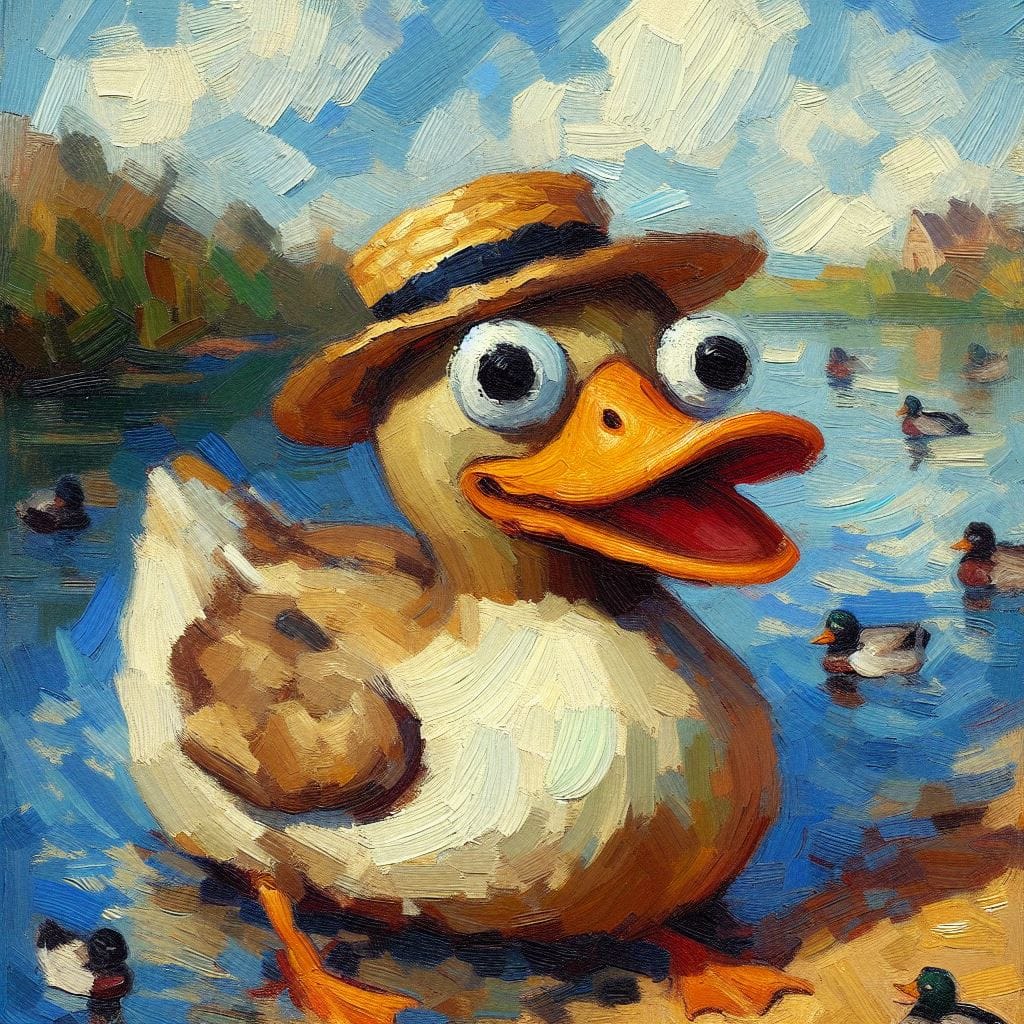
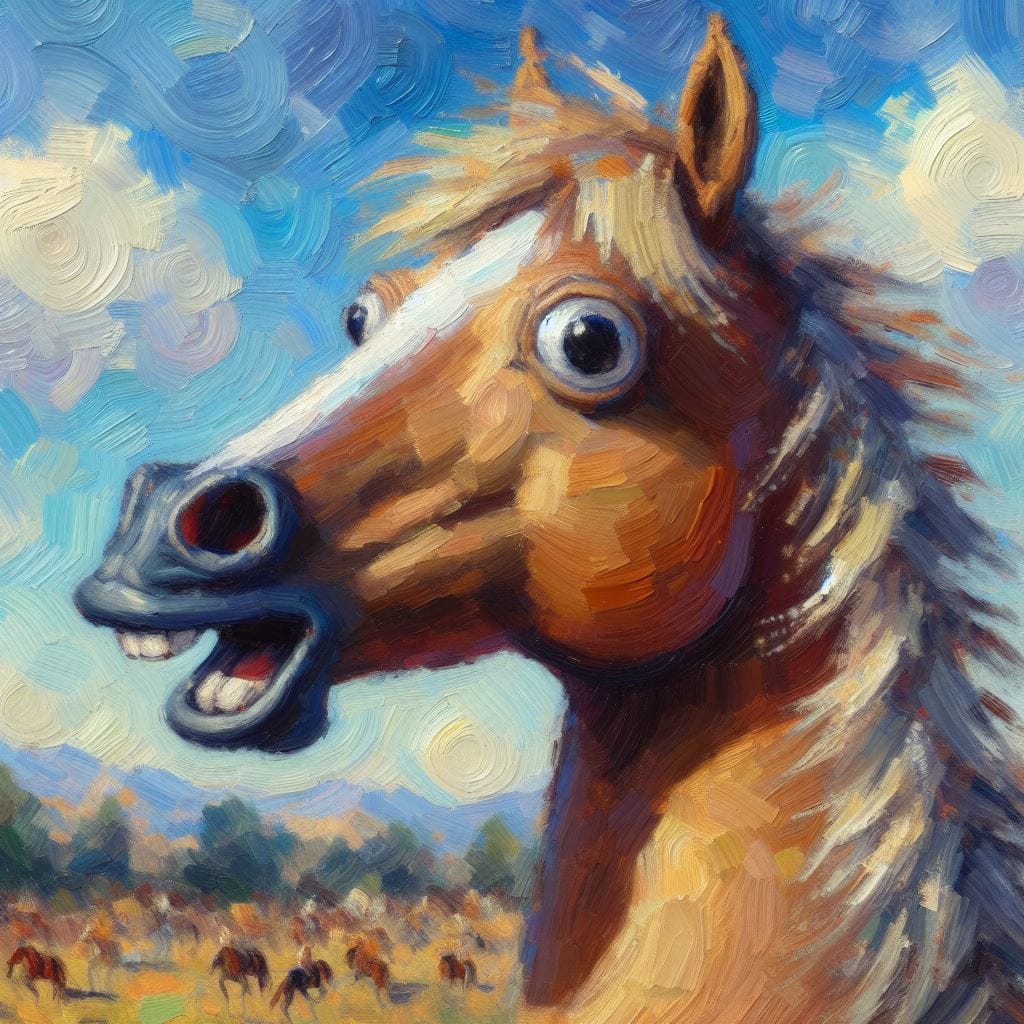
Music for Coding
Never have I vibed this hard to a mix - this selection of tracks by Bobby Ghanoush really took me away over the course of several sessions in the past week:
And that's it from me, hope you've enjoyed this week's curated list of generative art and tech shenanigans! Now that you've made it through the newsletter, might as well share it with some of your friends - one of the best ways to support it! Otherwise come and say hi over on my socials! Since we've got a discord now, let me also just plug that here, come join and say hi.
If you've read this far, thanks a million! And if you're still hungry for more Generative art things, you can check out the most recent issue of the Newsletter here:
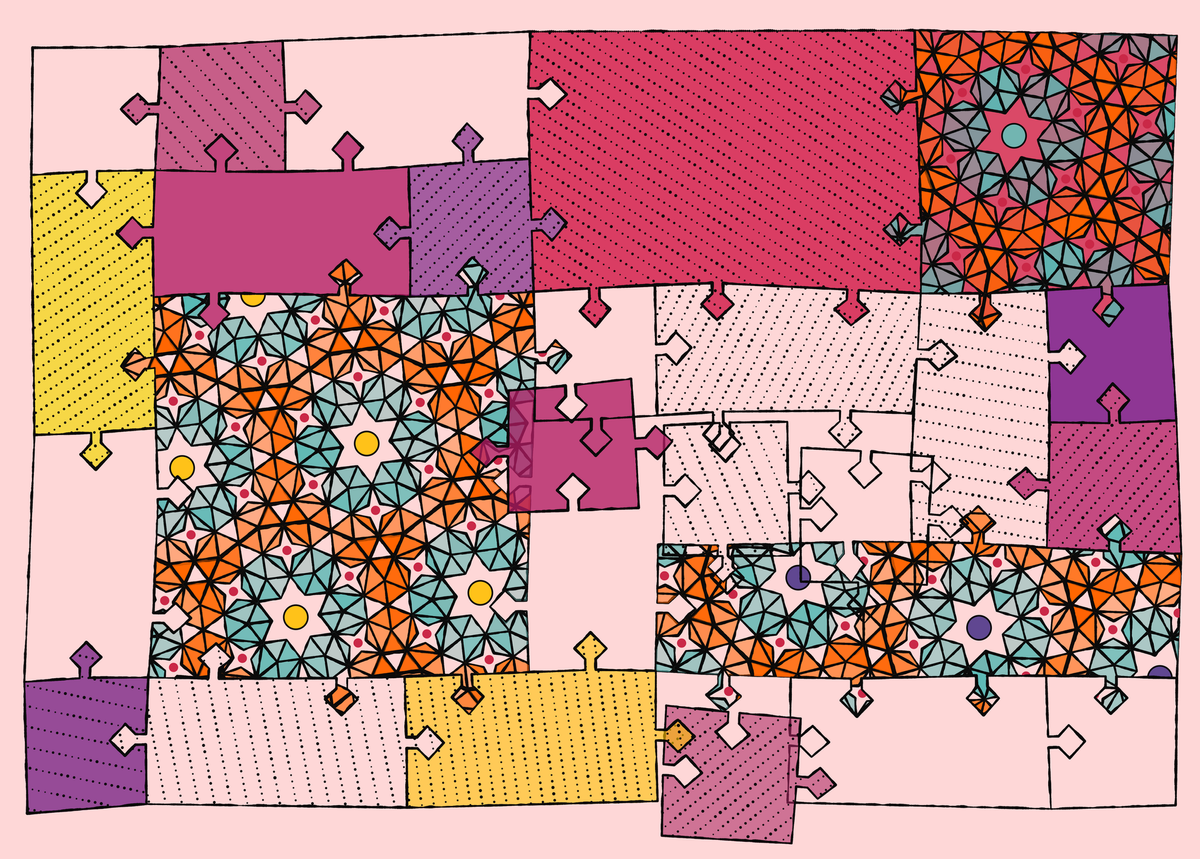
And if that's not enough, you can find a backlog of all previous Gorilla Newsletter issues here:
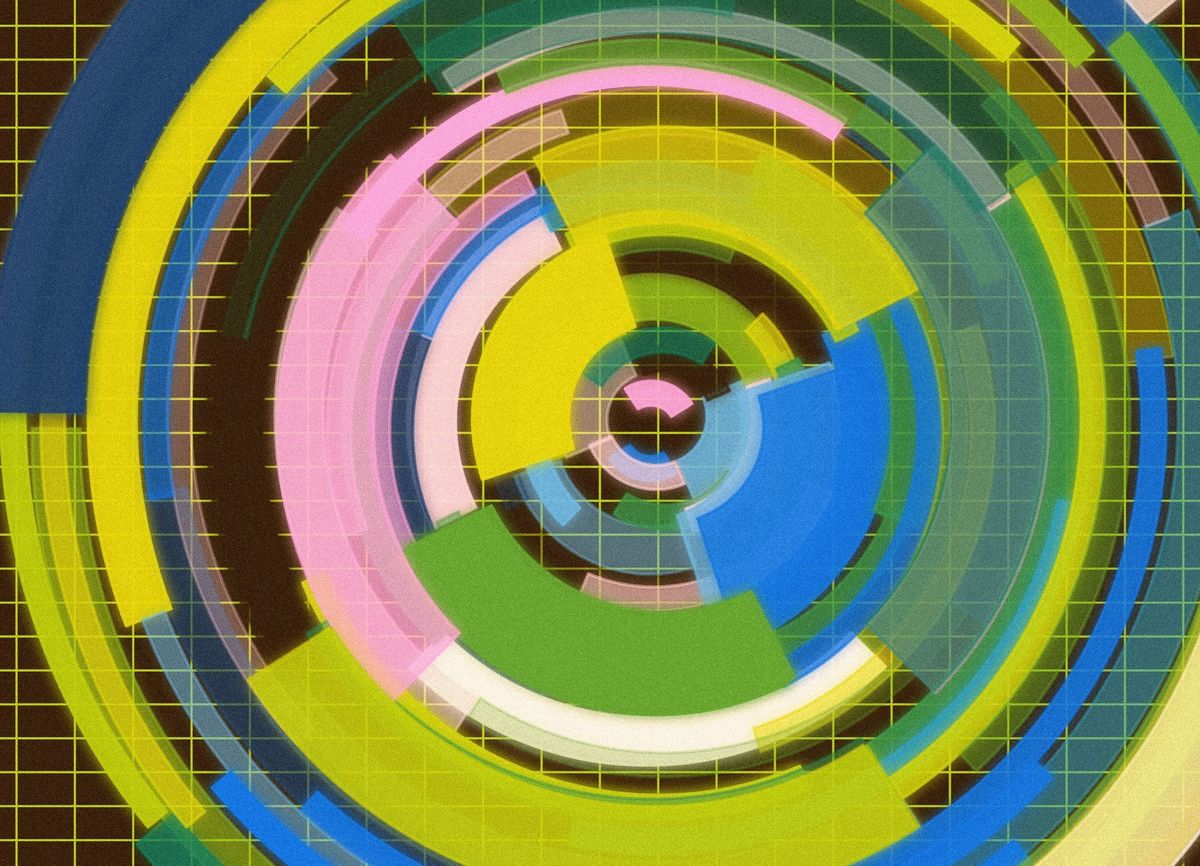
Cheers, happy sketching, and again, hope that you have a fantastic week! See you in the next one - Gorilla Sun 🌸 If you're interested in sponsoring or advertising with the Newsletter - reach out!
